The turban
28 May 2016
The turban is a headgear that has reached us from the Asian continent. Some people assign Turkish origins to the turban, others claim it has Iranian roots. But no matter where it really comes from, the turban has crossed many countries and is now worn in all corners of the world. White, green, blue, or black, let’s have a closer look at this long piece of fabric loaded with meaning and history.
What is a Turban?
The word turban comes from the Persian “Dulband” and Turkish “Tülbend”. It is called “Tarazzit” in Berber language and “Imamah” in Arabic. The turban refers to a long piece of cloth mainly worn by men. Tied on the head or around a hat or cap, it mainly serves as a protection from the sun and sandstorms.
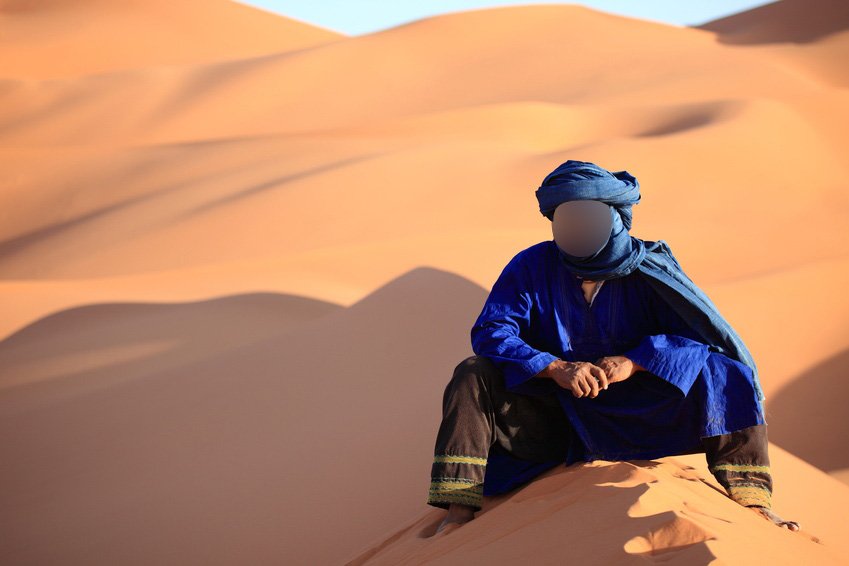
The Turban Worldwide
The turban is a headgear that is worn differently from one country to another. Some, like the Sikhs, wear it for religious reasons, others may wear it for climatic or even cultural reasons. Whatever the reason of wearing the turban may be, it has become a true phenomenon.
The Turban in Asia
If today the turban has found its way into the fashion world, it was initially worn for religious reasons.
The turban in the Gulf Countries
People used to wear the turban, known as “Imamah” in the Arab countries, well before the advent of Islam. The Arabs were keen on wearing turbans not only as a protection from the sun and dust, but also as a display of elegance. Arab Bedouins had made it their formal headdress when traveling through the desert. Today they still wear headgear but the turban has given way to the keffiyeh, which has now become the official headdress in the Persian Gulf countries.
The Turban in Rajasthan
Sometimes the turban takes on a religious aspect, and sometimes it displays a sense of belonging to a group, a people or a tribe. This is the case in Rajasthan where the scarf serves multiple purposes. With more than eight meters in length and one meter in width, the turban serves as a headdress, a pillow, a blanket and even a water filter. Indeed, when water gets dirty, the scarf is placed on a bucket into which the water is poured. In doing so, the impurities remain in the scarf and the bucket is being filled with filtered clean drinking water. In this region of India, the turban is always fashionable and may be found in all colors. Plain, patterned, red, yellow, green or white, the turban is a canvas of vivid stains. It is interesting to know that turbans differ depending on the village, profession, status and caste of the person wearing it. Moreover, the way he ties his turban will allow others to determine his origin. Generally, urban dwellers take great care in adjusting their turbans so as to make them very attractive. As for the peasants, they’re only interested in its practical side: they wear it in every possible way as long as they stay protected from the heat and dust.
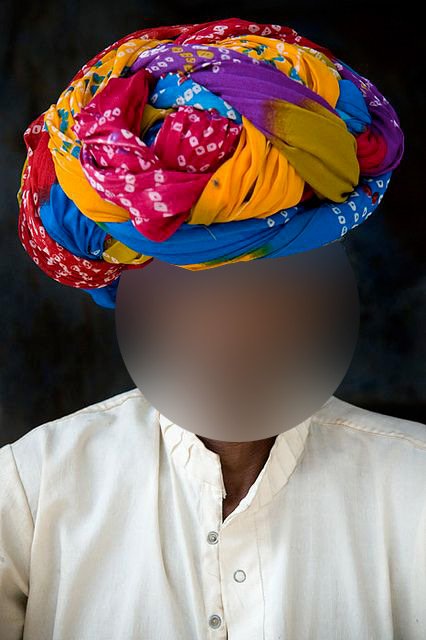
Source : Pinterest
The Turban in Africa
The turban known as “chèche” in Africa is worn in many countries in this part of the globe. It is used as a protection from sandstorms and heat or simply worn out of estheticism. In these regions, the turban is most often a strong point of the Tuareg.
The Tuareg and the Blue Turban
Being a nomadic or semi-nomadic people from the Sahara and the Sahel, the Tuareg never let go of their scarf ; a long blue turban that constitutes an undeniable part of their traditional dress. The Tuareg people possess a mix of Berber, Arab and African origins. Due to their frequent trips, the turban has reached many regions of sub-Saharan Africa.
The Blue Men
The “chèche” is worn by young Tuareg men at the age of puberty, hence marking the transition from adolescence to adulthood. This four to eight meters long scarf is either white or indigo blue, depending on the occasion it is worn for. The white color indicates a dimension of respect whereas blue colored scarves are worn during holidays. The Tuareg never remove their “chèche” to such an extend that their heads get stained. That is why the Tuareg are often nicknamed “the blue men”. Intricately woven and made of a linen fabric, the “chèche” is ideal for cold days. Whether they live in Mauritania, Libya, Algeria, Morocco, Niger or Mali, the Tuareg cherish this fabric that protects them from the sun and sand.
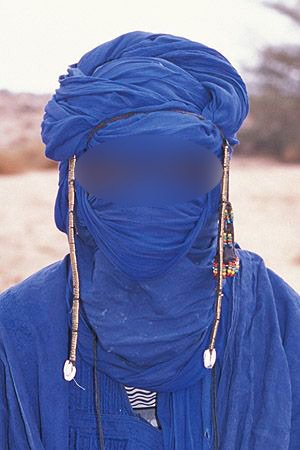
Source : Pinterest
The Everlasting Turban
The turban reached the European continent over a century ago. Like the harem, the turban’s exoticism seduced a French fashion designer who, during a Russian ballet, became fascinated by the oriental outfits of the actors. Indeed, Paul Poiret, the same designer who dared revisit the harem pants, had the audacity to rethink the turban.
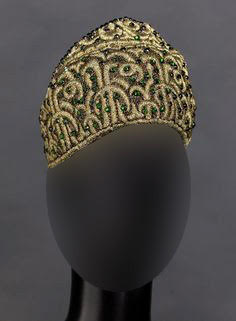
Source : Pinterest
Charmed by the Oriental fashion, he designed turbans for men and women drawing inspiration from the characters of the show. With its feathers, beads and frills, the turban has, since its arrival in Europe, never become outdated. It is constantly reworked and customized. Almost everlasting, it is paraded again and again on many catwalks. Since its models may be contemporary, and attuned to the needs of men and women, the turban has been taken up by global fashion houses like Givenchy and Jean-Paul Gaultier.
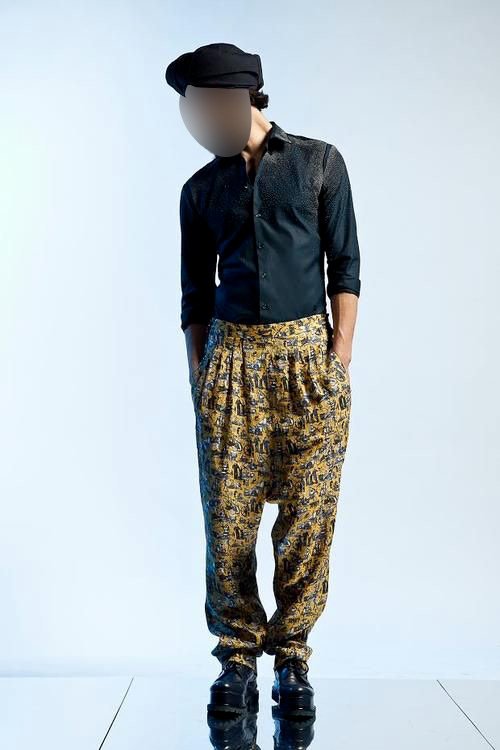
Source : Pinterest
As the turban serves many purposes, its worldwide success is undeniable. Whether it be colorful, solid, sober or extravagant, men and women alike are all seduced by this Eastern headdress.
1 Comment